Casting foragers into a new mould? The case of the Mafunyane Shelter, eastern Botswana
Introduction
The final two millennia of southern Africa’s Later Stone Age saw considerable shifts in subsistence, settlement and production patterns. Much of these changes coincided with the arrival of agriculturalists bringing crops, livestock and metals (Mitchell 2002). The nature of these changes, however, varied across the region and hence not all Later Stone Age features are found at any individual site, thereby requiring archaeologists to undertake regional studies. As a result of one such study, an intriguing discovery was made in eastern Botswana (Figure 1) at Mafunyane Shelter (Figures 2 & 3). Walker (1994), who originally excavated the site, identified an early first-millennium AD Later Stone Age occupation, as well as activity by metalworking people. The present article reports the results of a recent excavation intended to explore the potential relationship between the Later Stone Age occupants and the metalworkers at this site.
Re-excavating Mafunyane
Investigation of a single 100×100cm square excavated in 3cm spits (spits I–VII) between the surface and the bedrock >20cm below identified three stratigraphic layers of ashy consistency. Two charcoal samples were radiocarbon-dated, but the results are inverted with a date of 1120±30 BP (BETA-339425: AD 941–1027 at 81.2%) in spit II above 900±30 BP (BETA-339426: AD 1146–1235 at 85.4%) in spit VII. The laboratory results do not indicate contamination; this may suggest issues with old wood or bioturbation. Adding to the confusion, Walker (1994) identified Bambata ceramics, dating to AD 150–650 (cf. Hall & Smith 2000), at the same depth as spit VII (AD 1146-1235). Mafunyane therefore seems likely to have been occupied during the first centuries AD, but radiocarbon results only indicate occupation around the turn of the first and second millennia AD; this later activity, however, may correspond with two K2 ceramic sherds (below).
The new excavation also revealed an extensive Later Stone Age stone tool assemblage (n = 6349), of which 107 (1.7%) exhibit secondary working, and most of which are scrapers or backed tools (Figure 4). A small, mostly undiagnostic ceramic assemblage was recovered (n = 31), with two possible K2 sherds (AD 1000–1200) in spit II, as well as ostrich eggshell (n = 41), bone (n = 6), glass (n = 3 each) and a metal bead (Figure 5). Of the faunal remains only tortoise, lizard, rodent, fish and small bovids were identified (845.8 g), with domesticates notably absent. Metal occurred from the surface to spit V and includes 13 pieces of worked metal, 2 pieces of slag and 134.2g of prills. X-ray fluorescence on three metal artefacts revealed that they are copper alloys, although relatively pure in copper (>98.8%; Figure 6). Other finds include a tuyère fragment (a nozzle or pipe through air is blown into a furnace or hearth) and a broken clay figurine. Walker (1994) identified similar finds, both in terms of type and frequency, but also recovered worked bone, a clay pipe (possibly a tuyère) and a crucible.
Discussion and conclusions
Mafunyane displays a number of attributes typical of neighbouring Later Stone Age excavated sites. The extensive Later Stone Age finds, which include stone tools, various beads and the faunal assemblage, suggest high-intensity use of the site. Of particular interest—although not explored by Walker (1994) or, indeed, identified elsewhere in the area—is the association between the Later Stone Age artefacts and metal finds.
If smelting was practised at the site, the absence of a furnace is problematic, although ore could have been cold-smelted in a crucible or the furnace might not have been preserved. In fact, the ashy nature of the deposits—and the presence of a tuyère—suggests that hearths were present. Additionally, Mafunyane’s seclusion and ritual association in the form of forager rock art on the back wall might have appealed to smelters looking for a culturally meaningful place to practise their craft. The evidence is indirect, but it appears that some form of metalworking did take place.
It is generally accepted that farmers brought metal into this region (Huffman 2007), but very little material evidence for farmers other than the metal assemblage indicates their presence at Mafunyane. No domestic remains or other items directly associated with farmers have been found during either of the site’s excavations (ceramics were traded between groups and are therefore not indicative of the presence of farmers). It would thus appear that farmers visited the site to work metal, either with or without foragers present. If the former, the foragers’ role in the metalworking process would be of significant interest and it is to be hoped that future work at Mafunyane, or at other similar sites in the region and elsewhere (e.g. Mercader et al. 2000), may shed further light on this intriguing possibility.
Acknowledgements
I thank Peter Mitchell for his guidance and the Palaeontological Scientific Trust and Scatterlings of Africa programme for funding, along with the South African National Research Fund.
References
- HALL, S.L. & B.W. SMITH. 2000. Empowering places: rock shelters and ritual control in farmer-forager interactions in the Northern Province. South African Archaeological Society Goodwin Series 8: 30–46.
- HUFFMAN, T.N. 2007. Handbook to the Iron Age: the archaeology of pre-colonial farming societies in southern Africa. Cape Town: University of KwaZulu-Natal Press.
- MERCADER, J., S. ROVIRA & P. GÓMEZ-RAMOS. 2000. Forager-farmer interaction and ancient iron metallurgy in the Ituri rainforest, Democratic Republic of Congo. Azania: Archaeological Research in Africa 35: 107–122. http://dx.doi.org/10.1080/00672700009511598
- MITCHELL, P.J. 2002. The archaeology of southern Africa. Cambridge: Cambridge University Press.
- WALKER, N.J. 1994. The Late Stone Age of Botswana: some recent excavations. Botswana Notes and Records 26: 1–35.
Author
- Tim Forssman
Corner of Lynnwood and University Roads, Humanities Building 8-5, Anthropology and Archaeology Department, University of Pretoria, Pretoria 0023, South Africa (Email: tim.forssman@gmail.com)

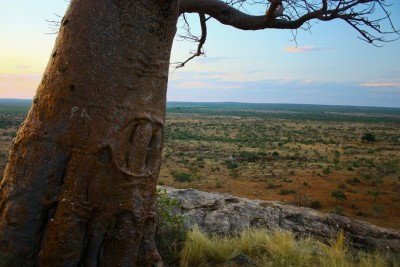
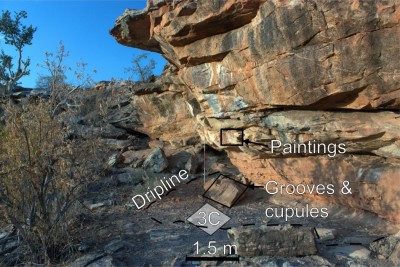
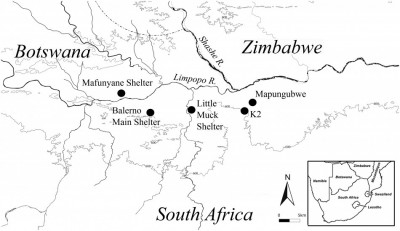
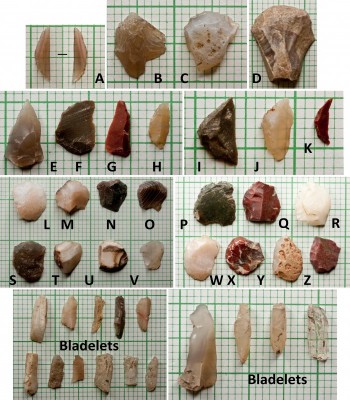
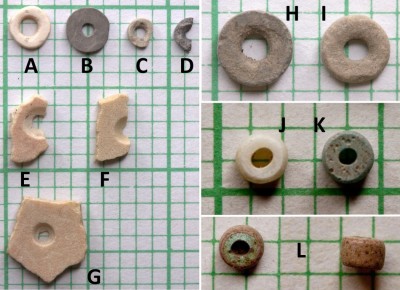
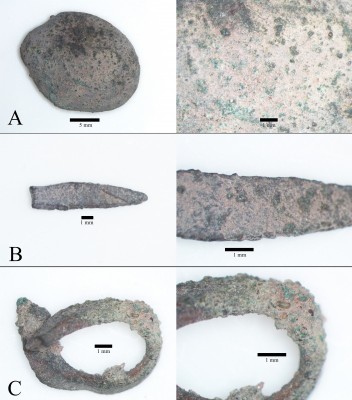
 Cite this article
Cite this article